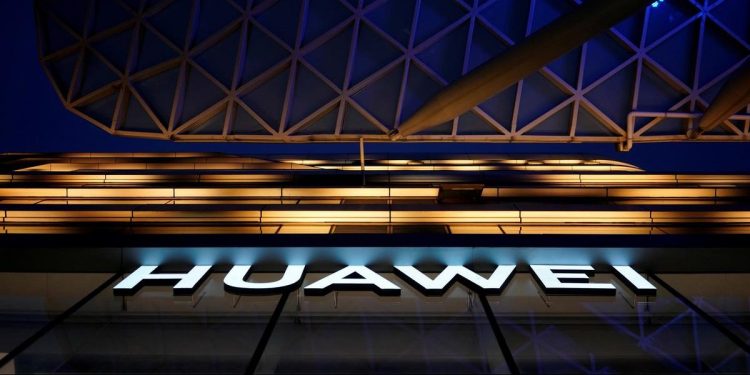Huawei’s reputation may have been irrevocably damaged by accusations of espionage, but the Chinese manufacturer appears poised to regain some of its business in both the United Kingdom and the United States — albeit under continued clouds of suspicion. A key U.K. parliamentary committee is now recommending that Huawei’s gear be allowed at the edges of the country’s 5G networks, while the U.S. is reportedly preparing to let certain companies resume business with Huawei, reducing the disruptive impact of its currently broad ban.
While the U.S. spent much of 2018 strong-arming international allies to keep Huawei gear out of their 5G networks, the House of Commons’ Science and Technology Committee has — after a review of the U.K.’s telecommunications supply chain — determined that fully excluding the company as a network supplier doesn’t make sense. As a just-published letter from committee chair Norman Lamb notes, U.K. carriers already use networking gear from multiple Chinese companies and have no special reason to suspect Huawei’s products of being especially insecure.
This isn’t to say that Huawei has the country’s full trust; rather, the U.K. has continued to frame network security as an issue of risk management, with no ability to guarantee a “100% secure system.” Though the committee was aware of past Huawei cybersecurity lapses, it recommended pressuring the company to improve its software and said the U.K. should only formally block Huawei from supplying gear for the country’s network cores — a step carriers have “mostly” voluntarily followed already. However, the panel suggested that a formal exclusion be made on a non-discriminatory basis, providing “clear criteria that could be applied to another organization in the future.”
The U.K.’s decision may threaten its status as a close U.S. ally on matters of international security. U.S. officials originally said that the U.S. will not share sensitive intelligence using any telecommunications channel that uses Huawei networking gear, but that position may have changed somewhat in recent months. It’s unclear to what extent Huawei’s hardware is already embedded in U.K. carriers’ networks, but the country’s recent 5G rollouts appear to have embraced Huawei hardware, including network edge radio transmitters, home broadband modems, and Mate 20 X 5G handsets.
June 5th: The AI Audit in NYC
Join us next week in NYC to engage with top executive leaders, delving into strategies for auditing AI models to ensure fairness, optimal performance, and ethical compliance across diverse organizations. Secure your attendance for this exclusive invite-only event.
In the wake of unexpectedly conciliatory comments from President Donald Trump, the United States’ own opposition to Huawei may be easing, as well. Reuters notes that officials are moving forward with plans to permit certain U.S. companies to resume business dealings with Huawei, provided the transactions pose no threat to national security. Currently, the blanket ban precludes U.S. companies from engaging in even non-sensitive technology sales with Huawei, hurting U.S. vendors that have depended on the Chinese company for purchases.
Licenses to permit select transactions with Huawei could become available in two to four weeks, Reuters notes, but it’s unclear who will receive permission, and on what basis. Initial licenses are expected to be approved on a case-by-case basis until broader rules are set, though the process is said to be temporary and subject to near-term changes.
Huawei has asked that the U.S. ban be lifted entirely, denying any wrongdoing and claiming it “represents no cybersecurity risk to any country.” The company is in the midst of multiple U.S. lawsuits regarding both the ban and crimes allegedly committed by its executives.

